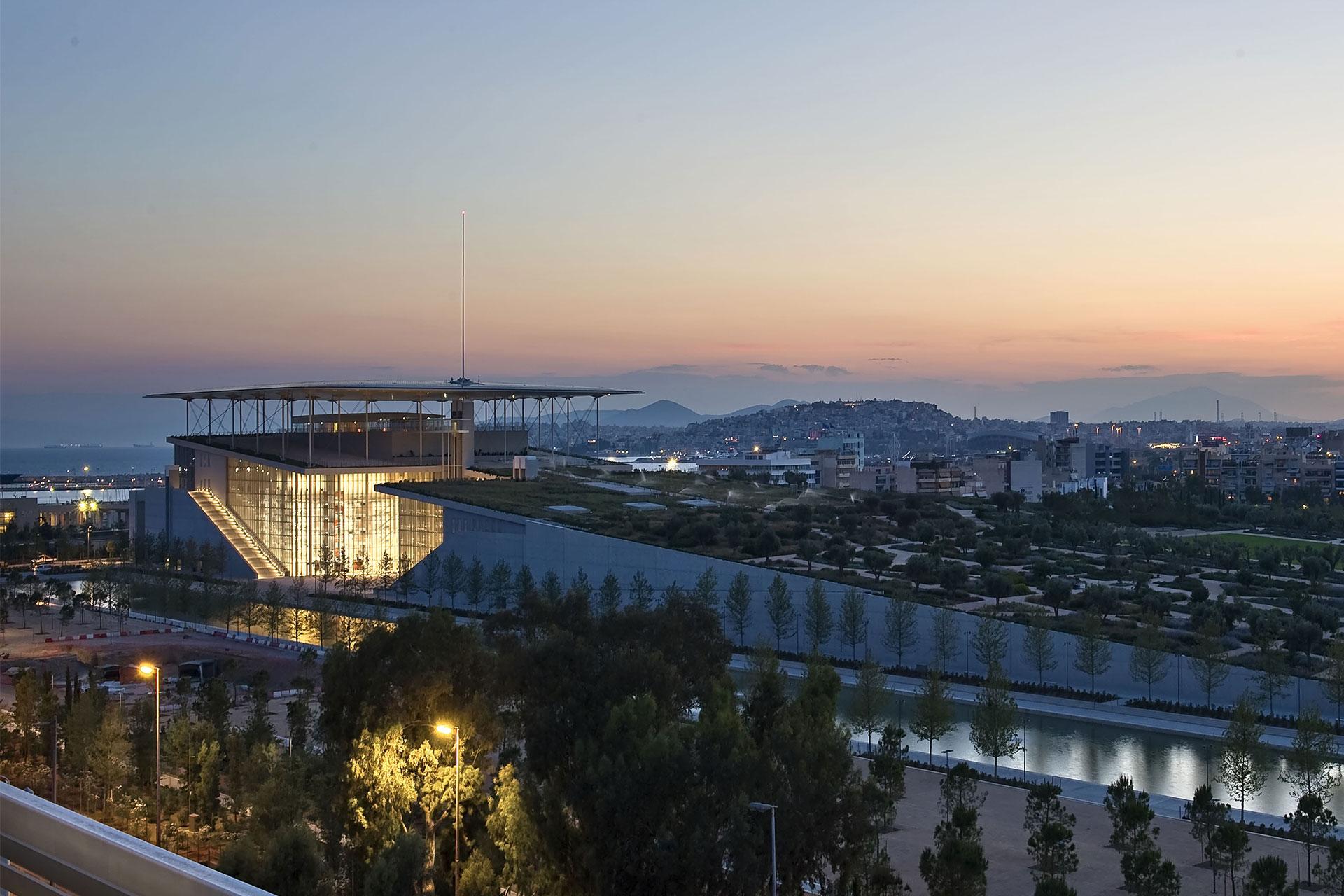Eco-responsible project design

A new paradigm for the infrastructure of the future
By 2030, over two thirds of the world population will live in cities, destined to become enormous archipelagos spanning hundreds of kilometres, attracting goods, people and capitals.
91% of the world’s urban population breathes substandard quality air according to the WHO (World Health Organisation).
Infrastructure therefore plays a fundamental role in our daily lives and will do so increasingly in the future. However, facing these challenges using the methods of the past will not ensure we achieve the results we hope for.
The methods and criteria used to design and construct infrastructure significantly impacts the environment and the quality of life of the communities.
The infrastructure sector offers great potential to reduce the impact of the construction and management of works from an environmental, economic and social viewpoint.
We contribute to advancing the SDG with our sustainable mobility projects
Il nostro approccio
Adottiamo un approccio volto a considerare l’intero ciclo di vita delle infrastrutture, impieghiamo programmi di progettazione e costruzione che permettono di integrare aspetti socio-ambientali in tutte le fasi di sviluppo dei progetti.
+ + +
01 Assessing environmental impacts
+ + +
02 Developing sustainable design solutions
+ + +
03 Implementing sustainable construction
Eco-design and eco-construction schemes
Some recently developed projects using these schemes include:
- Doha Red Line North in Qatar (using the GSAS system Global Sustainability Assessment System);
- Al Bayt Stadium in Qatar (using the GSAS systemGlobal Sustainability Assessment System);
- Line 3 of the Metro in Riyadh, Saudi Arabia (two stations in the project use the LEED Standard Leadership in Energy and Environmental Design);
- Meydan One Mall in Dubai (using the Green Buildings Regulations and Specification standard);
- Metro Northwest in Sydney, Australia (using the IS system Infrastructure Sustainability);
- Forrestfield-Airport Link in Perth, Australia (using the IS system Infrastructure Sustainability);
- ENI Administrative Centre in Italy (using the LEED systemLeadership in Energy and Environmental
- Design);
- Stavros Niarchos Cultural Centre in Athens (with the Platinum certification of the LEED Programme Leadership in Energy and Environmental Design);
- Gucci logistics centre in Switzerland (LEED Platinum).
Continuous innovation
Each project we implement is a unique work, which requires the creative development of ad hoc solutions using highly specialist knowledge. Our construction sites are, therefore, true laboratories of innovation and advanced research into processes, products and materials.
We carry out research and development on two main levels: project and corporate level. On project level, in addition to the initiatives designed to continuously improve process efficiency, the most demanding research activities are conducted above all on projects presenting technical challenges insuperable with conventional techniques and technologies.
On a corporate level, on the other hand, the technical departments work constantly to develop avant-garde methods and processes to support the entire Group or specific projects.
In these contexts, our technicians - in partnership with the best experts and professionals in the market, universities and research centres - develop ad hoc solutions to fulfil the customer's needs and simultaneously preserve the environment and the local communities.
These initiatives allow the Group to acquire new know-how and improve the efficiency of our production processes, with potential spin-offs in terms of increased competitiveness.